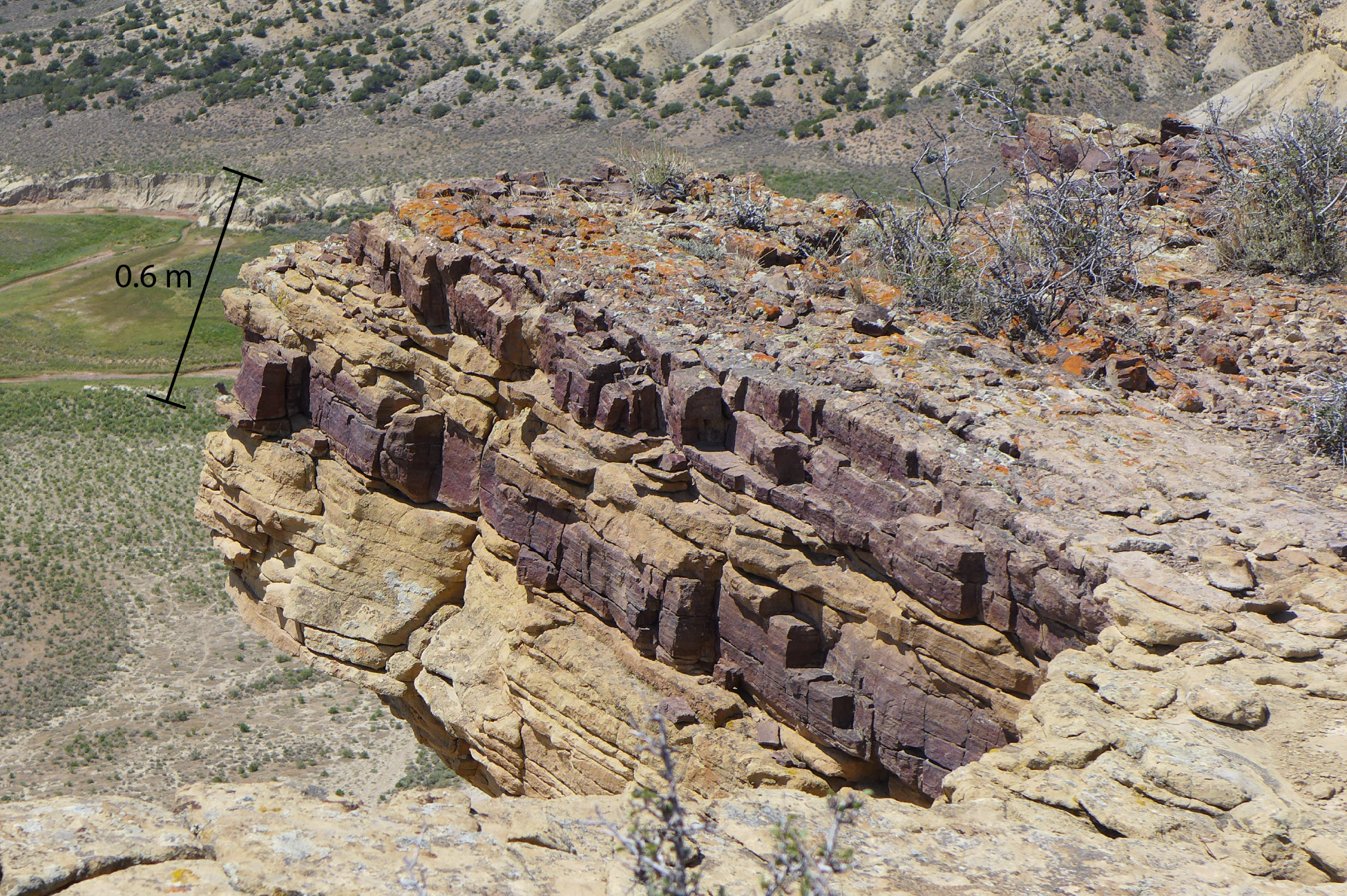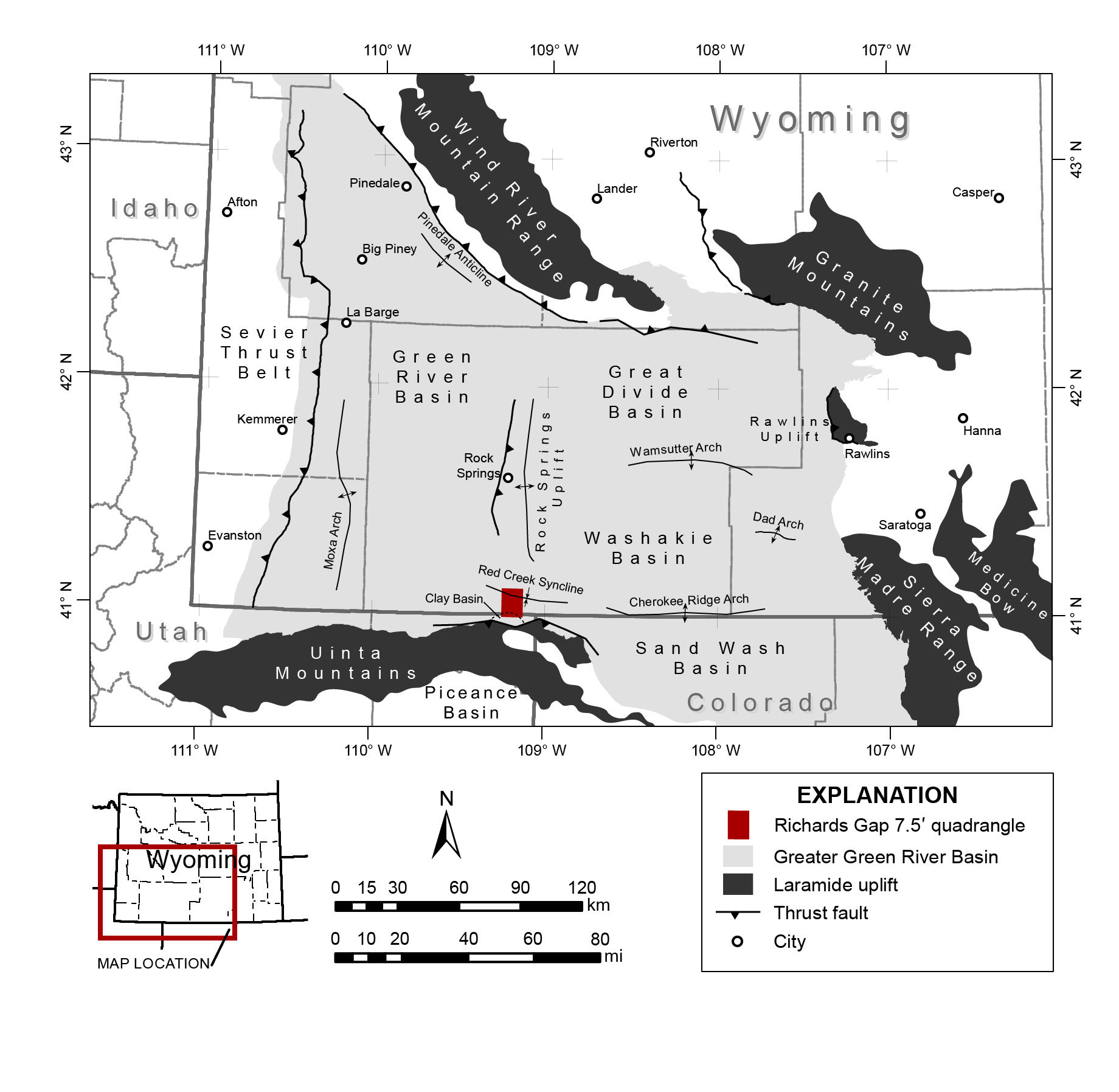NEWS RELEASE: Wyoming Geological Survey Study Examines Critical Minerals in Heavy-Mineral Sandstone in Southwestern Wyoming
Wyoming State Geological Survey sent this bulletin at 07/20/2021 08:41 AM MDT
July 20, 2021
******FOR IMMEDIATE RELEASE******
Media Contact:
Christina George
(307) 766-2286 x231
christina.george@wyo.gov
New WSGS Study Examines Critical Minerals in Heavy-Mineral Sandstone in Southwestern Wyoming
In a continuation of its work on the critical mineral resources of Wyoming, the Wyoming State Geological Survey (WSGS) published a new study examining the mineralogy and geochemistry of a heavy-mineral sandstone deposit in southwestern Wyoming. Sample analyses indicate the presence of abundant titanium, zirconium, and rare earth elements, but the hardness of the deposit, as well as other factors, may compromise its economic potential.
“Critical minerals are essential in the manufacturing of products important for the economy and national security of the United States,” says WSGS director Dr. Erin Campbell. The U.S. Department of Interior has defined a list of 35 such critical minerals that have supply chains that are vulnerable to disruption. "Currently, the Survey is focusing on understanding and characterizing a variety of potential critical mineral deposits throughout Wyoming."
The WSGS study is a preliminary examination of geochemical data from a critical-mineral-bearing sandstone in the Cretaceous-age McCourt Tongue of the Rock Springs Formation. The samples were collected during mapping of the bedrock geology of the Richards Gap 7.5' quadrangle, as part of STATEMAP 2020. The deposit is in Sweetwater County, less than a mile from the Wyoming-Utah border.
In addition to the critical minerals titanium, zirconium, and the rare earth elements, the geochemical data from Richards Gap show elevated hafnium, niobium, and vanadium. Secondary alteration appears to have further concentrated these critical minerals in this heavy-mineral placer. However, the deposit’s considerable hardness impedes common methods of mineral separation, and the outcrop extent is limited by erosion on one side and burial on the other. These characteristics, along with the relatively steep dip of the formation, may compromise the economic potential of the deposit.
Future WSGS work—in addition to exploring the factors that influence the economic potential of deposits of this type—examine several other heavy-mineral sandstone deposits elsewhere in Wyoming.
“There are titaniferous sandstones like this throughout the state, but the geochemical data on them are incomplete,” says geologist Derek Lichtner. “We want to find out if deposits similar to the sandstone at Richards Gap also contain high amounts of rare earth elements and other critical minerals.”
The results of the investigation are detailed in a report that is available for free and can be downloaded from the WSGS sales site. The report includes a cross section of the McCourt Sandstone Tongue at Richards Gap, the locations of rock samples and all associated geochemical data, and a brief discussion on these data, including the mineralogy, sedimentology, and variations within the deposit.

Caption: Photo of the heavy-mineral sand deposit near its easternmost extent. View is to the southwest, with Red Creek in the background. (WSGS photo)

Caption: Map of the Greater Green River Basin in southwestern Wyoming and adjacent states, showing the locations of the Richards Gap 7.5' quadrangle and regional geologic structures. (WSGS map)

